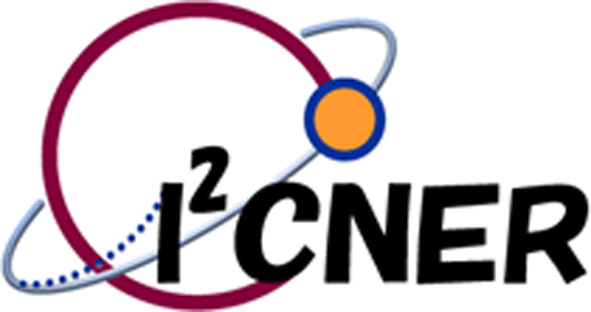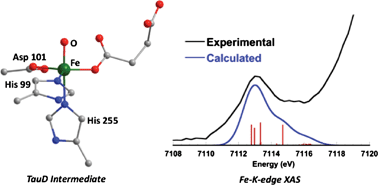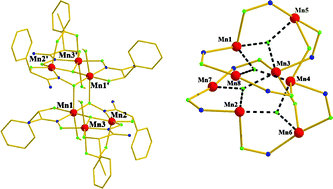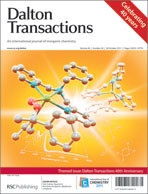Do you know someone who has advanced research in inorganic chemistry by developing new organometallic compounds or by providing vital insight into catalytic processes?
The RSC has a wide range of Prizes and Awards to acknowledge those undertaking excellent work from across the field of inorganic chemistry. Nominations are now open, so get your suggests in now. The closing date for nominations is 15th January 2012.
To find out more visit the RSC Inorganic Chemistry Awards website. The ones that are open for nominations say (Open 2012) in brackets at the end.

















 and Serena DeBeer (Cornell University), predict iron K-edge XAS pre-edge features for iron complexes using time-dependent density functional theory in this Dalton Transactions Hot article.
and Serena DeBeer (Cornell University), predict iron K-edge XAS pre-edge features for iron complexes using time-dependent density functional theory in this Dalton Transactions Hot article. In this HOT article, Constantinos J. Milios and co-workers describe the synthesis, crystal structures and magnetic properties of (a hexanuclear and an octanuclear) manganese(III) complexes based on a new oxime ligand, 2-dihydroxy-2-phenylacetamidine. This is the first time that this ligand has been used for the synthesis of polynuclear complexes of any transition metal ion. Even though the hexanuclear complex resembles the previously reported [Mn6] clusters with salicyl-based oximes, the octanuclear complex presents a new structural type in Mn chemistry. Both complexes display moderate spin ground states (S = 3). The authors believe this new ligand is a promising candidate for a new extended family of manganese complexes with interesting magnetic properties and as impressive structures as its parent salicyl- or pyridyl-based oxime ligands.
In this HOT article, Constantinos J. Milios and co-workers describe the synthesis, crystal structures and magnetic properties of (a hexanuclear and an octanuclear) manganese(III) complexes based on a new oxime ligand, 2-dihydroxy-2-phenylacetamidine. This is the first time that this ligand has been used for the synthesis of polynuclear complexes of any transition metal ion. Even though the hexanuclear complex resembles the previously reported [Mn6] clusters with salicyl-based oximes, the octanuclear complex presents a new structural type in Mn chemistry. Both complexes display moderate spin ground states (S = 3). The authors believe this new ligand is a promising candidate for a new extended family of manganese complexes with interesting magnetic properties and as impressive structures as its parent salicyl- or pyridyl-based oxime ligands.

![The organometallic anticancer complex [(η6-p-cymene)Ru(en)Cl]PF6](http://pubs.rsc.org/services/images/RSCpubs.ePlatform.Service.FreeContent.ImageService.svc/ImageService/image/GA?id=C1DT11189B) Peter Sadler from Warwick University, and collaborators at the Chinese Academy of Sciences have developed a ruthenium arene anticancer complex that inhibits the action of protein tyrosine phosphatase 1B, which regulates insulin levels.
Peter Sadler from Warwick University, and collaborators at the Chinese Academy of Sciences have developed a ruthenium arene anticancer complex that inhibits the action of protein tyrosine phosphatase 1B, which regulates insulin levels.